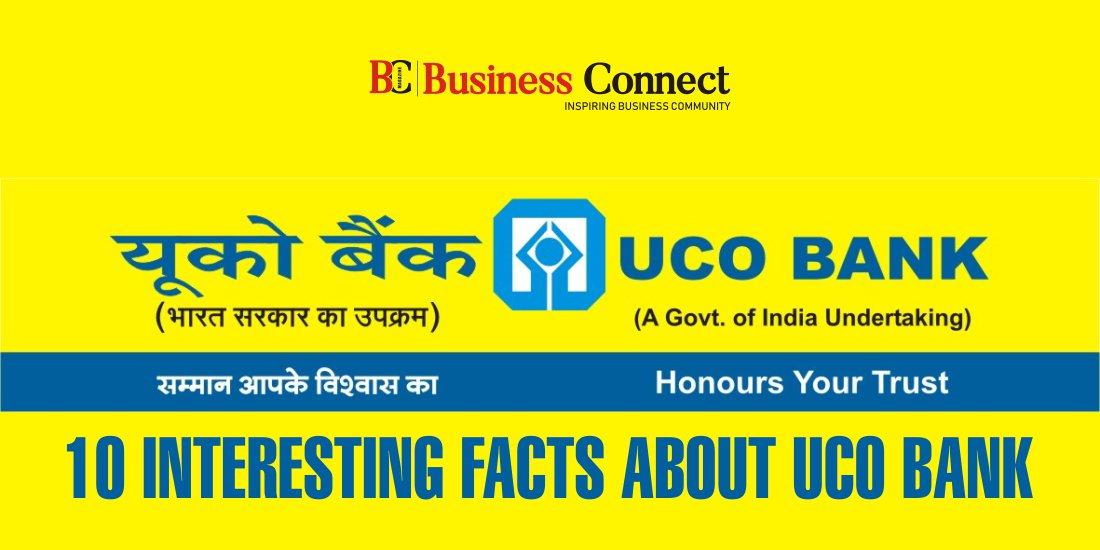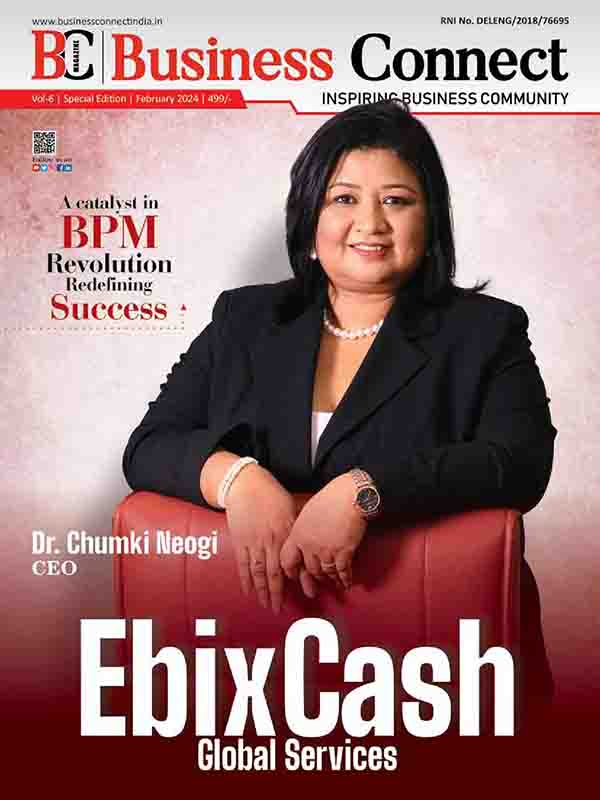10 Interesting Facts About UCO Bank
The United Commercial Bank Limited was established in 1943 as The United Commercial Bank Limited. The Bank was nationalized in July 1969, A government of India undertaking and commercial bank is UCO Bank. And the Government of India now owned 100% of it. The Bank then saw remarkable growth. The Bank’s name was changed to UCO Bank on December 30, 1985.
After the memorable “Quit India” campaign in 1942, Mr. G.D. Birla, the director of the Indian Industrial Renaissance, initially had the notion of an authentically Indian bank. This embryonic concept quickly became reality, and on January 6, 1943, The United Commercial Bank Ltd. was founded with its registration and headquarters in Kolkata.
State Bank of India, Punjab National Bank, Bank of Baroda, HDFC Bank, ICICI Bank, Axis Bank, and Bank of India have always been UCO Bank’s big competitors. Early on, there were few competitors, and most of them are from the public sector.
The range has expanded in recent years as private banks have expanded. Foreign banks may enter the market as a result of economic liberalization, which would increase interbank competitiveness for businesses and wealthy retail consumers.
1. Board Of Directors
Prominent members of congress from a variety of backgrounds made up the Board of Directors, and this all-Indian character of the Bank has been carefully preserved to this day not only in the makeup of its Board but also in the geographic distribution of its more than 3000 employees throughout the nation as well as in its overseas centers in Singapore and Hong Kong.
2. Branch Development
The government-owned 65.19 percent of the bank’s shares as of March 31, 2012. Branch development started quickly, especially in rural regions, and the bank earned numerous distinctive distinctions in lending to priority sectors and other social-uplifting endeavors.
3. Our Commitment To Customers
The Bank published a booklet titled “Our Commitment to Customers” that included the Citizens’ Charter on services offered by the Bank in honor of India’s 50th anniversary of independence.
4. IFSC Code
They too provide internet banking facilities and the next obvious place to look for is the IFSC Code of various UCO bank branches. You may learn a lot about your bank branch from your checkbook and passbook. You’ll discover items like your branch name, branch address, phone number, and IFSC code there.
5. Personal Banking
It offers a variety of personal banking products and services, including deposits, savings, personal loans, student loans, auto loans, RTGS, debit cards, etc.
6. Development of Villages
The Planning for Development of Villages (PDV) program was executed by the Bank through 22 of its carefully chosen branches throughout the course of the year.
7. Bank Financials
In strengthening the financial situation, the Bank has implemented a number of actions to increase recovery and reduce NPA, cut funding costs, enhance non-interest revenue, reduce operational costs, etc.
8. Financing Institutions
Howrah, Hooghly, Burdwan, Birbhum, Jaipur, and Jalandhar were the six districts in which the Bank was proposed as the primary financing institution of United Commercial Bank.
9. UCO Achievement
The Governor of Himachal Pradesh presented the Bank with the Rajbhasha Shield. The Bank’s executives took home a number of awards from the Town Official Language Implementation Committee.
10. Deposit Scheme
At the beginning of the year, the Bank introduced a brand-new recurring deposit scheme named “UCO LAKSMI YOJANA,” which offers variable installments.
The Journey
- The Bank’s name was changed to UCO Bank on December 30, 1985. The Bank established 5 new extension counters and 1 new branch in Pune in 2001–2002.
- The Bank added four new branches and converted seven extension counters into full-fledged branches during the 2004–2005 fiscal year.
- The Bank opened nine new branches and converted eight extension counters into full-fledged branches during the 2005–2006 fiscal year.
- The Bank established 57 new branches in 2006–2007, converted 53 extension counters into complete branches, and combined 15 extension counters with the base branches.
- Three Regional Rural Banks in the state of West Bengal were merged on February 26, 2007, to create Paschim Banga Gramin Bank.
- The Bank opened 95 branches during the 2007–2008 fiscal year, including 66 branches on January 6, 2008, to mark the Bank’s 65th anniversary of its founding.
- The Bank established a representative office in Guangzhou, China, on April 4, 2007.
- The Bank has 57 branches, two representative offices, 21 mid-corporate branches, and 19 extension counters as of March 31, 2008.
Must Read:-
- Upcoming List of Top Indian Web Series of 2021
- Top 10 richest player of the world 2021
- Top 10 highest-paid Indian Athletes 2021
- Top 10 highest paid CEO in the World
- Top 10 richest person of India
- Top 10 Highest Paid CEOs of India
- List Of Most Followed Facebook Pages in 2021
- The Success Story of Jeff Bezos
- Success Story Of Elon Musk
- Top 10 Business Magazine In India
- Top 10 Business Newspaper In India
- Top 10 richest billionaires in the world 2021
- Upcoming English Web Series in 2021
- Top 10 Tourist Places in India, places to visit after lockdown





